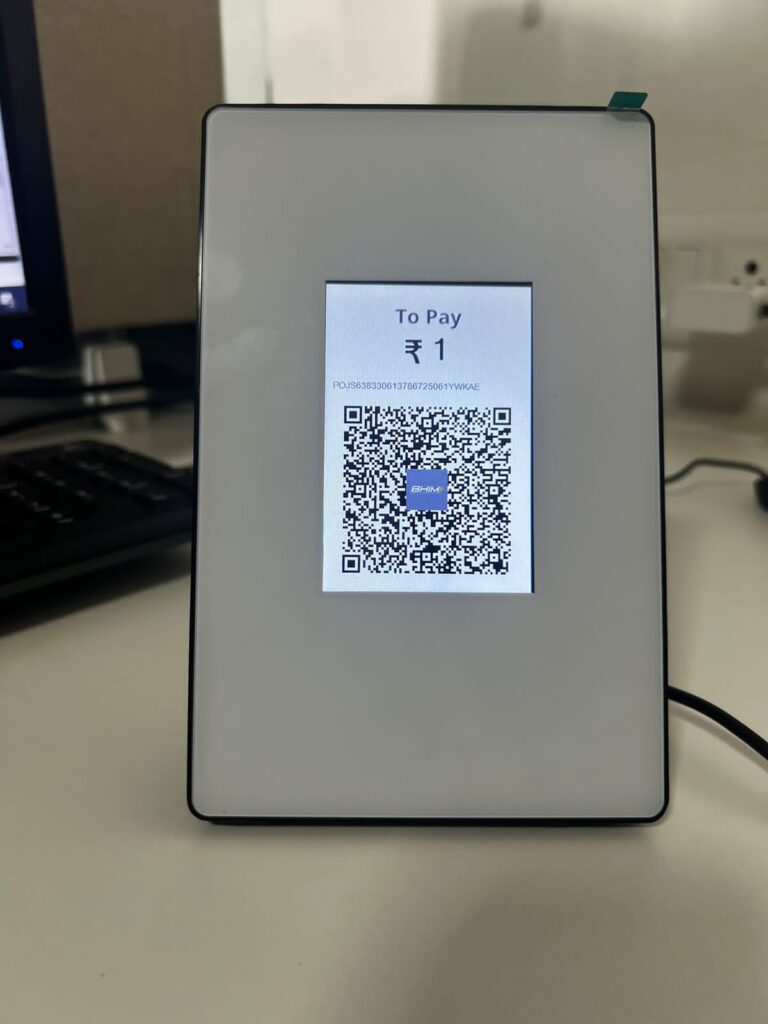With a rapid and simple scan, QR codes have become a common tool in the digital era offering access to data. Not all QR codes, meanwhile, are made equally. Businesses and people wishing to properly use this technology depend on knowing the differences between static and dynamic QR codes. With an eye towards their special qualities and benefits, this essay investigates what distinguishes dynamic QR codes from static ones.
What is a Static QR Code?
Definition and Characteristics
Once created, a static QR code offers set information that cannot be altered. This implies that whatever data—text, a URL, contact information, etc.—is stored in the QR code stays permanently. Simple, unchanging information is suited for simplistic, easy to manufacture static QR codes.
Limitations of Static QR Codes
Static QR codes have mostly limited versatility. Any error or information change once printed or shared calls for creating a new QR code. Particularly for companies that must routinely update data, this may be costly and ineffective. Furthermore limited in use in marketing initiatives are static QR codes as they offer neither tracking or analytics.
What is a Dynamic QR Code?
Definition and Characteristics
Conversely, a dynamic QR code display gives adaptation and versatility. Editing or updating data kept in a dynamic QR code does not change the QR code itself. This is accomplished by tying the QR code to a brief URL pointing to the required data. It is quite flexible as an online dashboard allows one to change the real content.
Advantages of Dynamic QR Codes
The dynamic QR code display is a powerful tool for modern applications. Here are some key advantages:
- Editability: One of the most significant benefits of dynamic QR codes is the ability to update the content linked to the code without reprinting it. This makes them ideal for situations where information may change, such as event details, promotional offers, or product information.
- Tracking and Analytics: Dynamic QR codes can track user interactions, providing valuable data such as the number of scans, locations, and devices used. This analytics capability is essential for marketing campaigns, allowing businesses to measure engagement and adjust strategies accordingly.
- Security Features: Dynamic QR codes can include advanced security features, such as password protection or limited-time access, enhancing their use in sensitive or temporary scenarios.
- Cost-Effectiveness: Despite a higher initial setup cost, dynamic QR code can save money in the long run by reducing the need for reprinting and redistribution when information changes.
Difference Between Static and Dynamic QR Code
Flexibility and Adaptability
Static and dynamic QR codes differ mostly from one another in their versatility. Rigid and with unchangeable fixed information, static QR codes Dynamic QR codes, on the other hand, are flexible enough for many purposes and enable content updates.
Usage Scenarios
Permanent information, including contact details on a business card or links to a company’s website, fits static QR codes. Dynamic QR codes, on the other hand, are more appropriate for dynamic settings—such as marketing campaigns—where information can need regular changes. For circumstances calling for data tracking and analysis, they are also perfect.
Cost and Efficiency
Although first created faster and less expensive, dynamic QR codes save long-term costs by their editability and reusability whereas stationary QR codes are cheaper. For companies trying to keep current with information without running extra printing expenses, this efficiency might be absolutely vital.
Real-World Applications of Dynamic QR Codes
Marketing and Promotions
Dynamic QR codes are frequently used in marketing efforts by companies to point consumers towards special discounts or promotional materials. Real-time updating of these offers guarantees that consumers always get the most recent information, therefore enhancing involvement and conversion rates.
Event Management
Dynamic QR code link event schedules, location maps, and registration forms, therefore benefiting planners of events. Any modifications to the event specifics may be done right away to guarantee that guests always have access to the most recent information.
Product Packaging
On product packaging, dynamic QR code may provide consumers comprehensive product information, usage guidelines, and promo coupons. As necessary, manufacturers can change this data to keep customers informed and involved.
Conclusion: The Future of QR Codes
Dynamic QR code are unique from stationary ones in their adaptability, trackability, and versatility. For companies and people that must regularly update data and get insights from user interactions, they provide major benefits. Leveraging this technology properly requires an awareness of the difference between static and dynamic QR code. Dynamic QR code are likely to be very important in improving connectedness and involvement across several platforms as the digital terrain develops.


